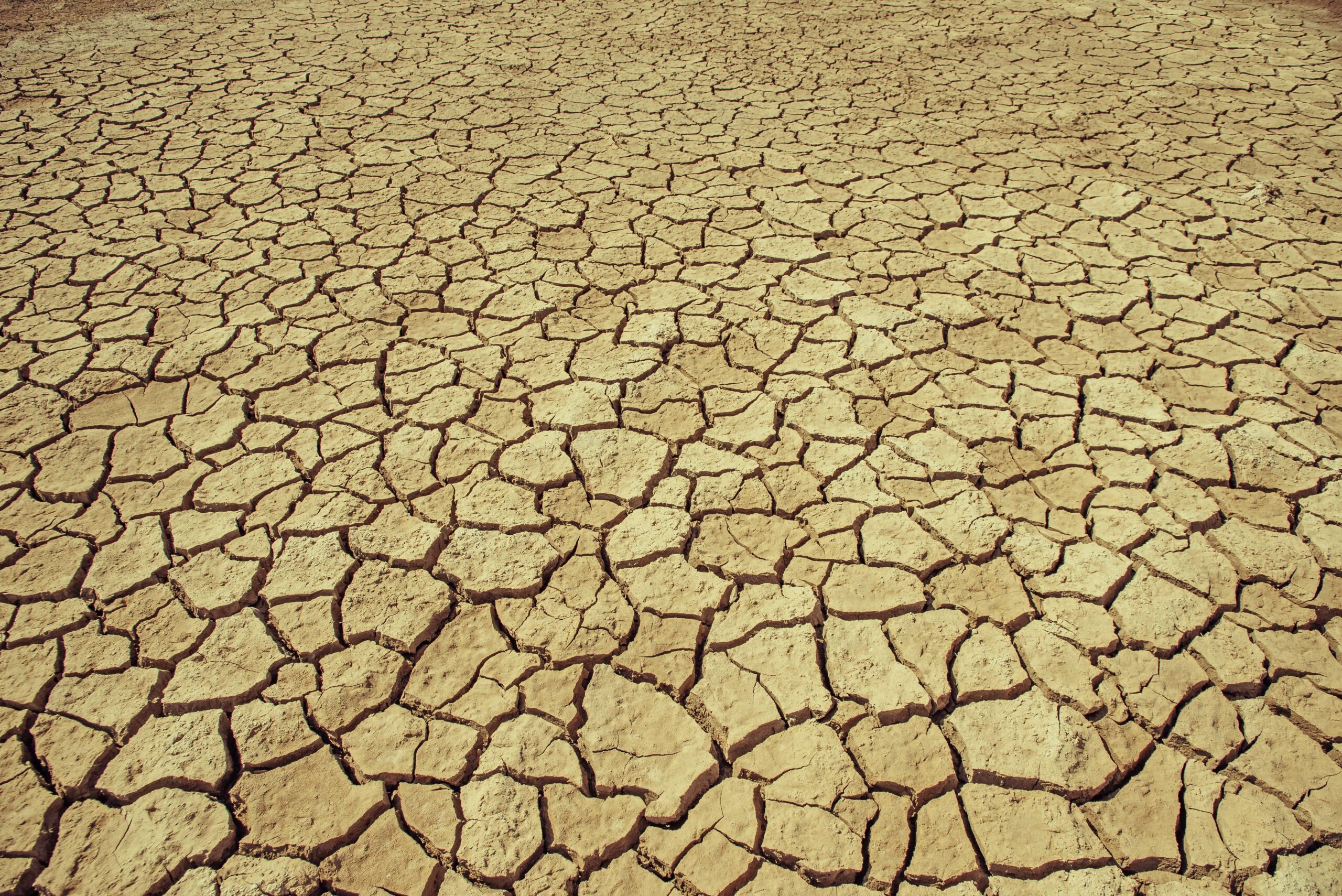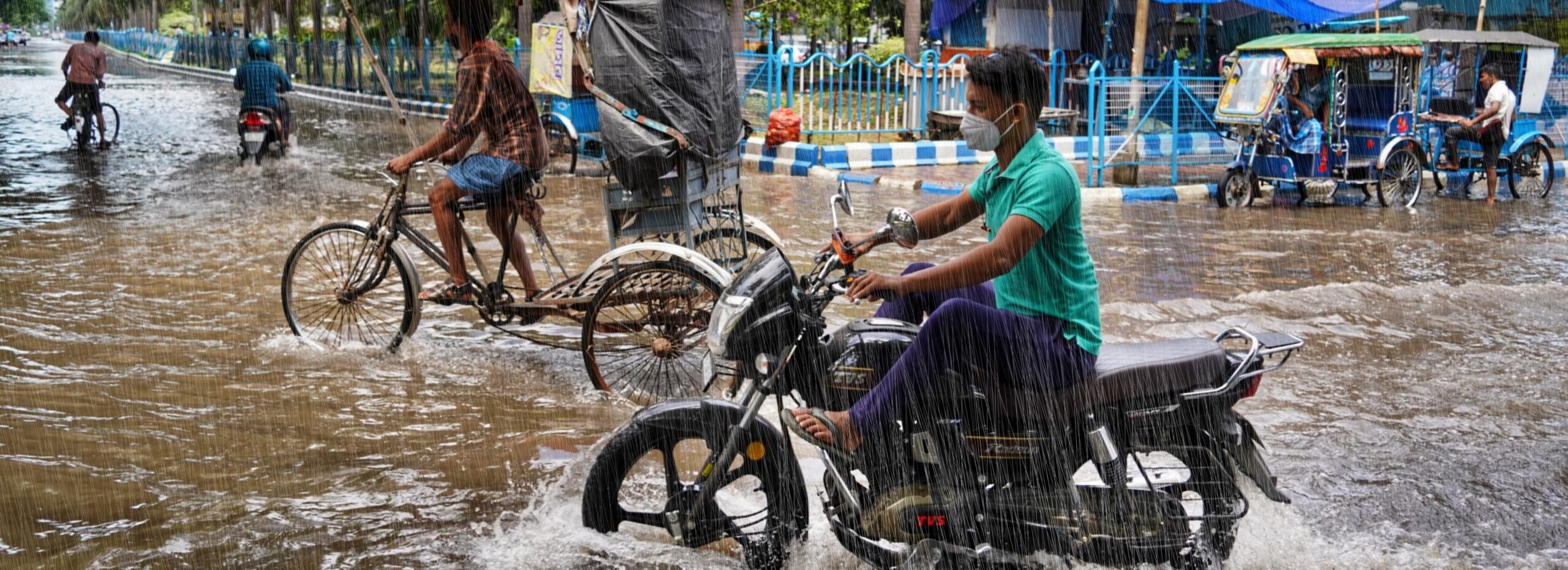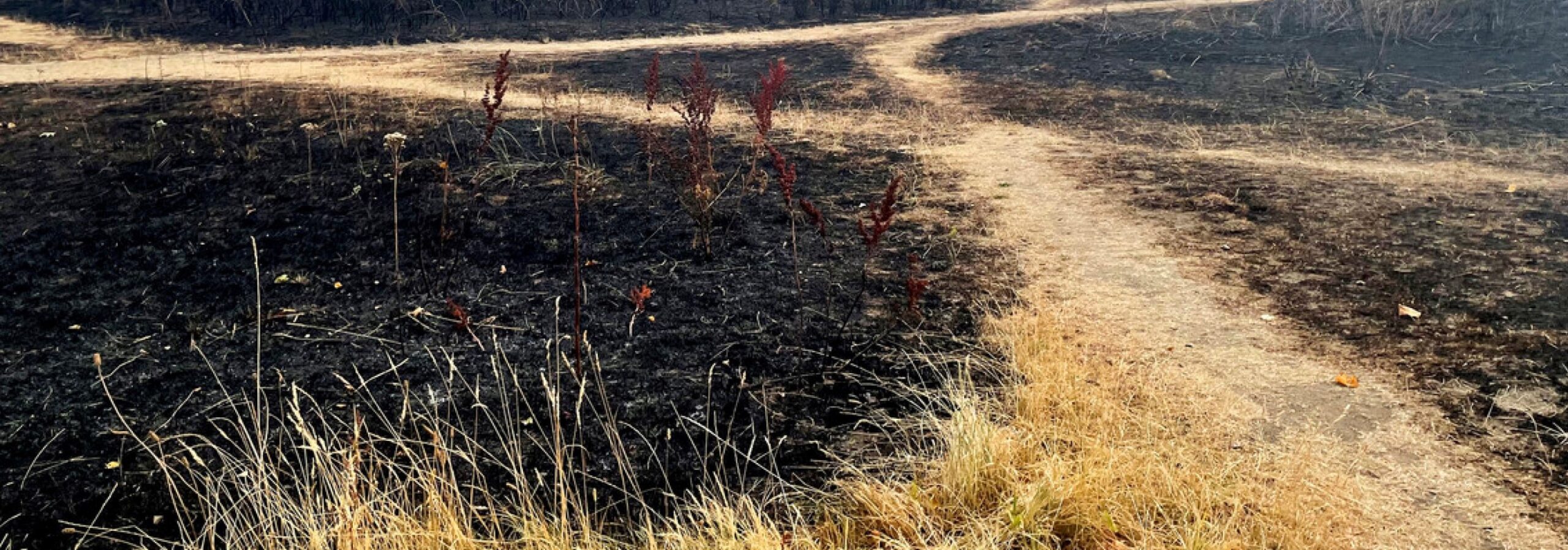Countries just east of the Ural Mountains were particularly affected, setting new local records for both minimum and maximum temperatures. Especially from the 18 to the 22nd of March 2025 Kazakhstan, eastern Uzbekistan, and Turkmenistan endured the most extreme heat, while the low-lying areas of Tajikistan and Kyrgyzstan also faced unusually high temperatures.
These countries are characterized by strong seasonal cycles, with summers typically very hot from May to August. However, March is generally much cooler in comparison. The early onset of such extreme heat likely took many by surprise, as the region is not accustomed to such temperatures at this time of year with highs exceeding 30 °C even at 1000m altitude. Although the full extent of the impacts are not known at this point, early heat waves are known to have significant effects, as communities are often unprepared for such conditions so early in the season.
Researchers from the Netherlands, Sweden, Denmark, the United States and the United Kingdom collaborated to assess to what extent human-induced climate change altered the likelihood and intensity of the extreme heat in the region. We focus the analysis on the 5 hottest days and hottest nights in March in a region west of the Ural mountains where records were broken, encompassing: southern Kazakhstan, eastern Uzbekistan, Turkmenistan and low-lying areas of Tajikistan and Kyrgyzstan.
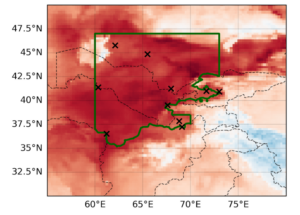
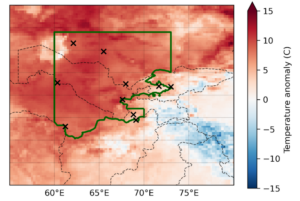

Main findings
- Agriculture contributes 5-24% of GDP for the countries affected by the heatwave, and up to 50% of the workforce. Extreme heat affects agricultural workers disproportionately, reducing labor capacity, with over 230 million hours lost in Uzbekistan in 2023. The extreme temperatures this year also coincided with the flowering of key export fruit crops and sowing of spring wheat in Kazakhstan, which may impact yields.
- Central Asian countries are heavily dependent on glacier-fed irrigation systems, adding an additional layer of sensitivity, as altered snowmelt timing reduces water availability during the peak growing season.
- The study region has a very strong seasonal cycle with very hot summers and cold winters. March temperatures can therefore be very variable but temperatures as high as observed this year have in many places never been observed before. In today’s climate however, which globally has warmed by 1.3 °C, the 5-day maximum and minimum temperatures observed in 2025 in the study region are not unusual with a return time of about once every 3 years.
- In a 1.3C colder climate such temperatures would however have been extremely unlikely to occur. Similarly, a 1 in 3 year March heat event would have been 5 to 10 °C cooler extrapolating the observed trends back to a 1.3 °C colder climate.
- When combining the observation-based analysis with climate models, to quantify the role of climate change in this 5-day heat event, we find that climate models underestimate the increase in heat found in observations. In particular, all observations show a particular increase in March maximum and minimum temperatures in recent years that is much stronger than in all other months, and not represented in the climate models.
- We can thus only give a conservative estimate of the influence of human-induced climate change. Based on the combined analysis we conclude that climate change made the extreme heat about 4 °C hotter and about 3 times more likely.
- Due to the known deficiencies in climate models to represent early extreme heat, estimating future changes in the 5-day maximum and minimum heat over the Central Asian region also only allows us to give very conservative estimates. At a global warming of 2.6 °C the likelihood and intensity of such events continue to increase, at least doubling in likelihood and increasing by a further 2 °C in intensity.
- Adaptation measures in the region include adjusting planting calendars, using heat-tolerant crops, and investing in resilient irrigation. Implementation varies, especially for smallholder farmers, due to resource disparities. While Kazakhstan and Tajikistan have integrated adaptation into national frameworks, and Kyrgyzstan and Tajikistan have Early Action Protocols for heat, the alarming rate of temperature increase in the region calls for an increased focus on adapting to extreme heat in the region.
- Comprehensive adaptation to heat includes adaptation at all levels such as individual self-protective behavior and heat education (e.g. first aid for heat illness), city and systems level adaptation (e.g. urban planning that includes nature based solutions, Heat Action Plans, Early Warning Systems, health-system strengthening), and national level adaptation (e.g. disaster and climate change laws that include heat, national adaptation plans, social protection systems).



